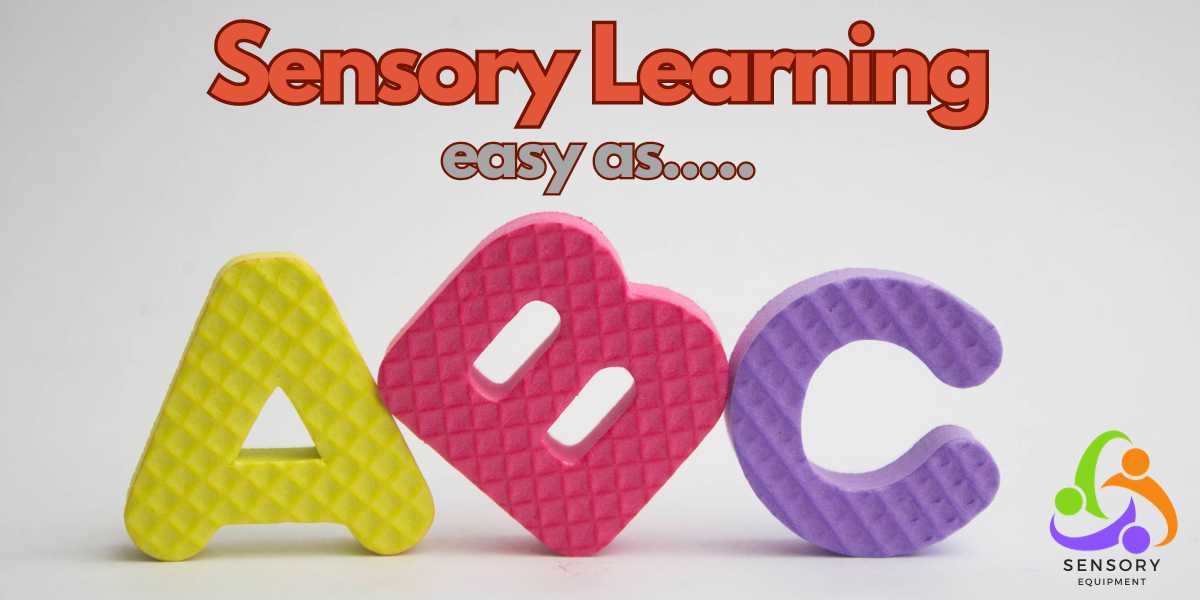Tactile Letters and Numbers for Children with Autism and ADHD
Learning is a fundamental aspect of a child’s development, but for children with Autism Spectrum Disorder (ASD) and Attention Deficit Hyperactivity Disorder (ADHD), traditional learning methods can be challenging. These children often benefit from sensory experiences, making tactile letters and numbers a valuable tool to engage them in the learning process. Learning through play with tactile materials not only makes education more enjoyable but also offers numerous benefits for these young individuals.
The Power of Tactile Learning
Tactile learning, also known as kinesthetic learning, engages the sense of touch to understand and retain information. For children with ASD and ADHD, tactile learning can be particularly effective. Here are some of the key benefits:
- Sensory Stimulation: Tactile materials provide sensory input that can help children with ASD and ADHD focus and self-regulate. Touching, feeling, and manipulating tactile letters and numbers can calm their nervous systems, reducing anxiety and increasing their attention span.
- Enhanced Memory: Hands-on experiences with tactile materials help children remember information more effectively. The act of physically engaging with the letters and numbers creates a lasting memory, which can improve recall and understanding.
- Improved Fine Motor Skills: Manipulating tactile letters and numbers encourages the development of fine motor skills. This is especially important for children with autism, as it can aid in their daily living activities and independence.
- Engagement and Motivation: Learning through play with tactile materials is enjoyable, making it easier for children with ASD and ADHD to stay engaged and motivated. It turns learning into a fun and rewarding experience.
- Multi-sensory Approach: Tactile learning complements other sensory modalities such as visual and auditory, creating a multi-sensory approach to learning. This approach can be highly beneficial for children who may struggle with traditional teaching methods.
Practical Applications
Tactile letters and numbers can be applied in various ways to support the learning of children with ASD and ADHD:
- Interactive Games: Create games and activities that involve touching and sorting tactile letters and numbers. These games can reinforce letter and number recognition while providing sensory stimulation.
- Storytelling: Use tactile letters to help children with autism form words and simple sentences. This approach can be the foundation for storytelling, promoting language development and communication skills.
- Math Exploration: Tactile numbers can be used to teach basic math concepts, including addition and subtraction. Counting and arranging numbers can make math more accessible and enjoyable.
- Customisation: Tailor the tactile materials to each child’s specific needs. Adapt the texture, size, and colour of the letters and numbers to accommodate their sensory preferences.
Conclusion
Engaging children with Autism Spectrum Disorder and Attention Deficit Hyperactivity Disorder in the learning process can be a challenging task, but it’s one that can be made easier and more enjoyable with tactile letters and numbers. Learning through play with these materials provides numerous benefits, including sensory stimulation, improved memory, and enhanced fine motor skills. Tactile learning offers a multi-sensory approach that can help children with ASD and ADHD build essential skills and knowledge while having fun. By incorporating tactile letters and numbers into educational activities, we can create a more inclusive and effective learning environment for these young individuals, fostering a lifelong love for learning.











